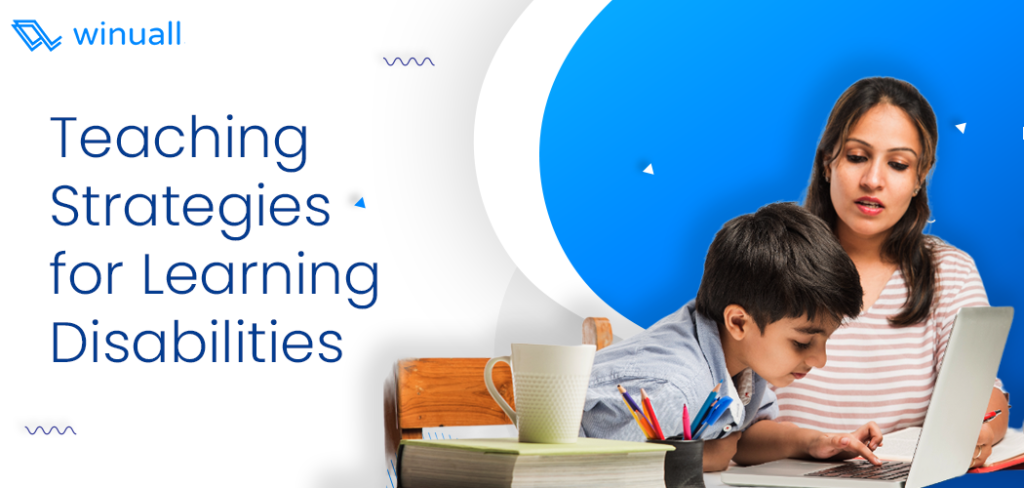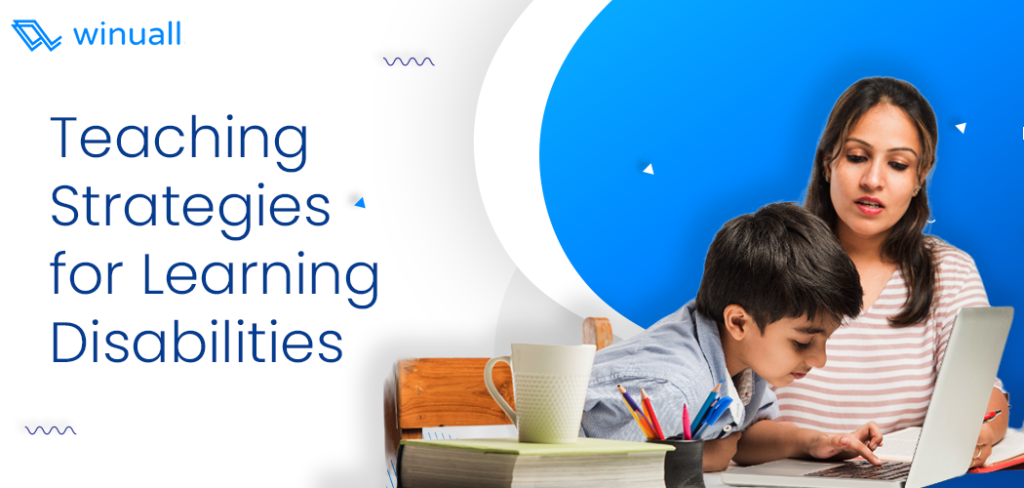
CREATING AN INCLUSIVE ENVIRONMENT FOR ALL LEARNERS
NB: This is based on a task undertaken by Nancy Ines Folivi regarding measures to be taken by educators, managers of schools, and other stakeholders to ensure inclusivity in our schools and other learning settings. Parents and students themselves need to take a critical look at the underlisted issues to ascertain the progress made so far in their learning environments.
Managing an inclusive school requires thoughtful planning and collaboration. Here are some tips to create an effective inclusive environment for all learners:
- Foster a Positive School Culture
- Promote Acceptance: Encourage respect and understanding among students. Use activities that highlight diversity and inclusion.
- Model Inclusive Behaviour: Staff should demonstrate inclusive practices in their interactions.
- Tailor Teaching Strategies
- Differentiated Instruction: Adapt lessons to meet various learning styles and abilities. Use a mix of visual, auditory, and kinaesthetic teaching methods.
- Flexible Grouping: Organise students into diverse groups for collaborative learning. This encourages peer support and interaction.
- Provide Professional Development
- Training for Staff: Offer workshops on inclusive practices, disability awareness, and strategies for supporting all learners.
- Ongoing Support: Create mentorship opportunities for teachers to share best practices and challenges.
- Engage Families and Communities
- Open Communication: Keep families informed and involved in their children’s education. Use various formats to ensure that all families can participate.
- Community Resources: Collaborate with local organisations for additional support and resources.
- Develop Individualised Support Plans/Individualised Education Plans (IEPs)
- IEPs: Ensure that learners with special educational needs and disabilities have personalised plans that outline specific accommodations and goals.
- Regular Review: Frequently assess and adjust these plans based on student progress.
- Create Accessible Environments
- Physical Accessibility: Ensure that the school is physically accessible to all students, including ramps and accessible restrooms.
- Resource Availability: Provide necessary materials and technologies to support diverse learners.
- Encourage Peer Mentorship
- Buddy Systems: Pair students with and without disabilities to promote friendships and social skills.
- Peer Tutoring: Allow students to assist each other academically, fostering collaboration and understanding.
- Utilise Assistive Technology
- Tech Tools: Implement tools that support learning for students with disabilities, such as speech-to-text software, audiobooks, or adaptive devices.
- Training on Use: Provide training for students and staff on how to effectively use assistive technologies.
- Monitor and Evaluate
- Data-Driven Decisions: Regularly collect and analyse data on student performance and engagement to inform instructional practices.
- Feedback Loops: Solicit feedback from students, parents, and staff to continuously improve inclusive practices.
- Celebrate Diversity
- Inclusive Events: Organise school-wide events that celebrate different cultures and abilities, fostering a sense of belonging.
- Highlight Achievements: Acknowledge and celebrate the accomplishments of all students, emphasising diverse talents and contributions.
These are some tips that can help in managing an inclusive school for students with and without disabilities.
Sources:
- The Digital Dialects: How Programming Languages Shape Our Modern World
- The Dark Side of Human Rights: Freedom or a Gateway to Spiritual Corruption?
- The Myth of Meritocracy in Ghana: A Critical Examination
- The Role of the Church in Combating Corruption: The Church Cannot Remain Mute
- Changing the Script: How Applied Behaviour Analysis (ABA) Is Empowering Learners and Transforming Classrooms









Good
We need to consciously look out for these strategies in our schools. This goes to all stakeholders.